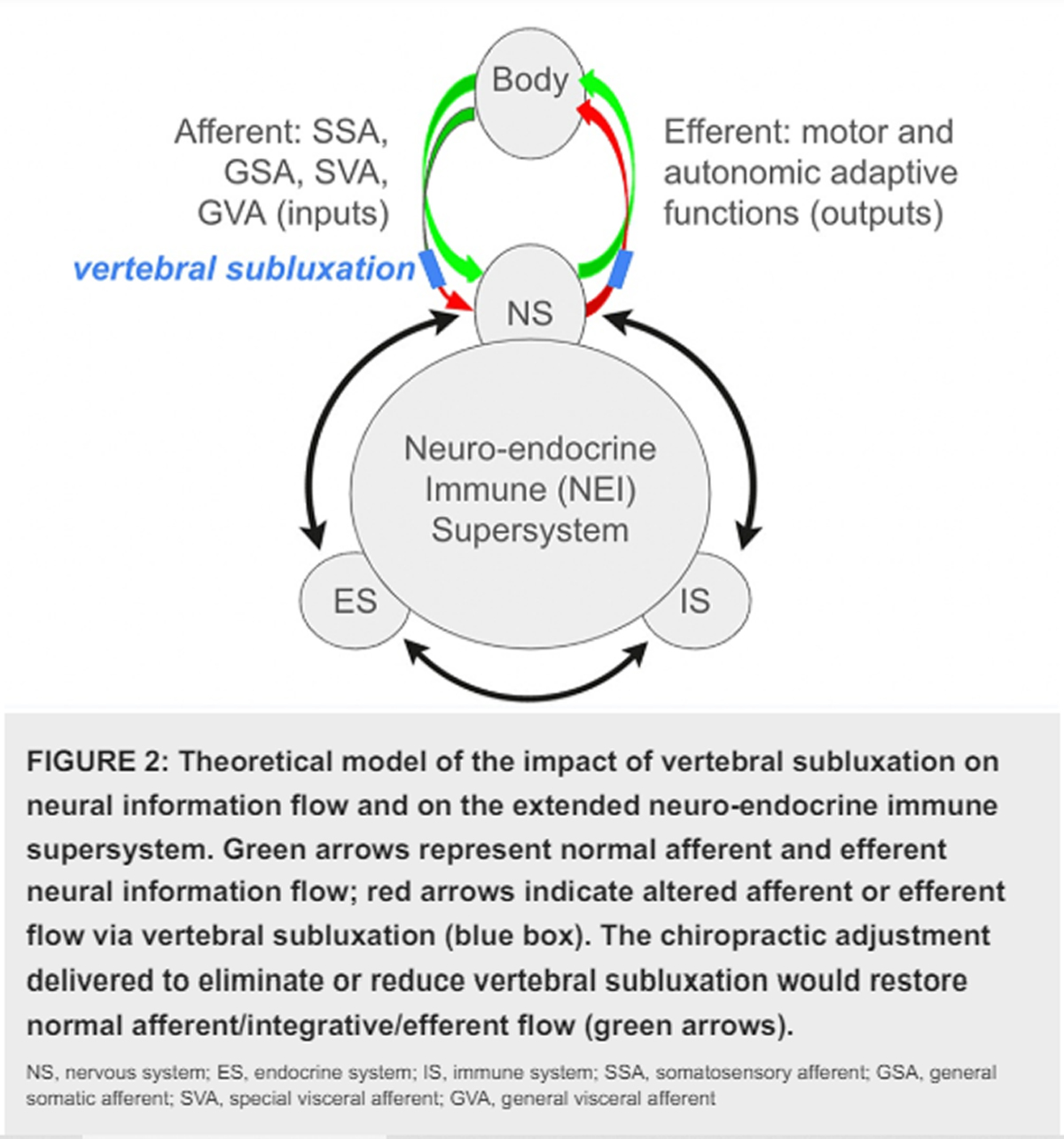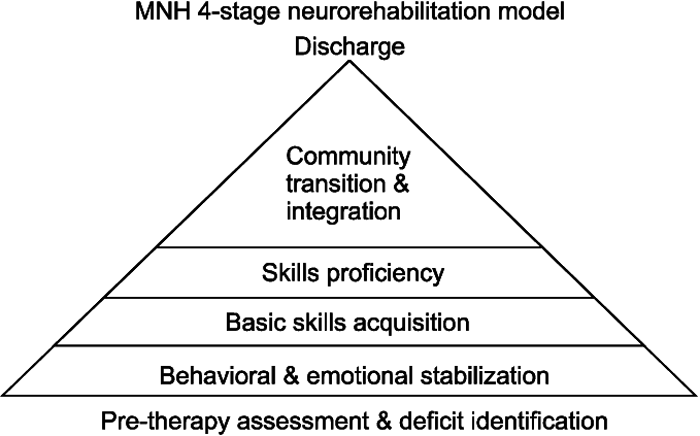Impact of Spinal Manipulation on Cortical Drive to Upper and Lower Limb Muscles
SOURCE: Brain Sci. 2016 (Dec 23); 7 (1). pii: E2 ~ FULL TEXT
Heidi Haavik, Imran Khan Niazi, Mads Jochumsen,
Diane Sherwin, Stanley Flavel, and Kemal S. Türker
Centre for Chiropractic Research,
New Zealand College of Chiropractic,
Auckland 1060, New Zealand.
This study investigates whether spinal manipulation leads to changes in motor control by measuring the recruitment pattern of motor units in both an upper and lower limb muscle and to see whether such changes may at least in part occur at the cortical level by recording movement related cortical potential (MRCP) amplitudes.
In experiment one, transcranial magnetic stimulation input-output (TMS I/O) curves for an upper limb muscle (abductor pollicus brevis; APB) were recorded, along with F waves before and after either spinal manipulation or a control intervention for the same subjects on two different days. During two separate days, lower limb TMS I/O curves and MRCPs were recorded from tibialis anterior muscle (TA) pre and post spinal manipulation. Dependent measures were compared with repeated measures analysis of variance, with p set at 0.05.
Spinal manipulation resulted in a 54.5% ± 93.1% increase in maximum motor evoked potential (MEPmax) for APB and a 44.6% ± 69.6% increase in MEPmax for TA. For the MRCP data following spinal manipulation there were significant difference for amplitude of early bereitschafts-potential (EBP), late bereitschafts potential (LBP) and also for peak negativity (PN).
The results of this study show that spinal manipulation leads to changes in cortical excitability, as measured by significantly larger MEPmax for TMS induced input-output curves for both an upper and lower limb muscle, and with larger amplitudes of MRCP component post manipulation. No changes in spinal measures (i.e., F wave amplitudes or persistence) were observed, and no changes were shown following the control condition. These results are consistent with previous findings that have suggested increases in strength following spinal manipulation were due to descending cortical drive and could not be explained by changes at the level of the spinal cord.
Spinal manipulation may therefore be indicated for the patients who have lost tonus of their muscle and/or are recovering from muscle degrading dysfunctions such as stroke or orthopaedic operations and/or may also be of interest to sports performers.
There are more articles like this @ our:
These findings should be followed up in the relevant populations.
Keywords: transcranial magnetic stimulation; movement related cortical potential; neural adaptations
From the Full-Text Article:
Introduction
Over the past 15 years there has been a growing number of human experiments conducted that have demonstrated there are central neural plastic effects from manual spinal manipulation [1]. Spinal manipulation is a conservative, low cost treatment option currently utilized for low back pain, neck pain and headaches. Clinical trials and systematic reviews have shown its usefulness for these conditions [2–5]. However, the mechanism that underpins the functional recovery and amelioration of painful conditions remains poorly understood. Scientists use to believe spinal manipulation was a biomechanical treatment option for spinal pain conditions. However, the growing basic science evidence suggests there may be more of a neurophysiological effect following spinal manipulation than previously realized.
Several of these basic science studies have suggested that the central plastic changes observed following manipulation occur at the cortical level [6–12]. Spinal manipulation of dysfunctional joints has been shown to attenuate cortical (parietal N20 and frontal N30) somatosensory evoked potential (SEP) responses [7]. In the original study, the frontal N30 changes persisted on average for 20 min post-manipulation before returning to baseline levels, whereas the parietal N20 changes persisted for at least 30 min, i.e., during all three post-manipulation recordings [7]. In several additional studies the changes in N30 SEP peak were confirmed [10, 11].
Most evidence suggest this SEP peak has multiple neural generators and reflects processing within a complex cortical and subcortical loop linking the post-central cortical regions (i.e., S1) [13–15], the basal ganglia, thalamus, pre-motor areas, and primary motor cortex [16–20]. The frontal N30 peak is therefore thought to reflect early sensorimotor integration [21]. Recently, a study using whole head electroencephalography (EEG) and brain electrical source analysis was able to further explore which brain sources are responsible for these changes in N30 amplitude following a single session of spinal manipulation [22]. Using dipole source localization it was demonstrated that this change in sensorimotor integration that occurs after spinal manipulation predominantly happens in the prefrontal cortex [22].
Read the rest of this Full Text article now!






Leave A Comment